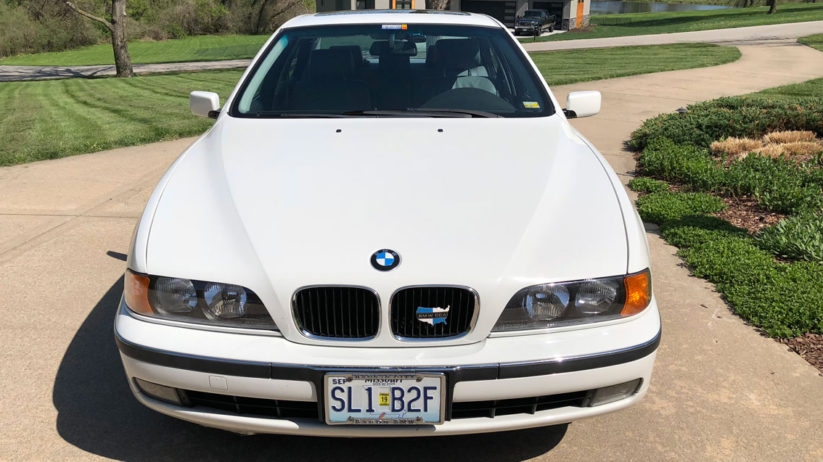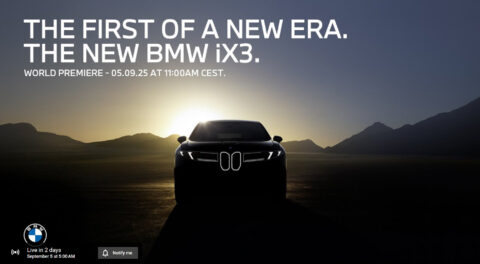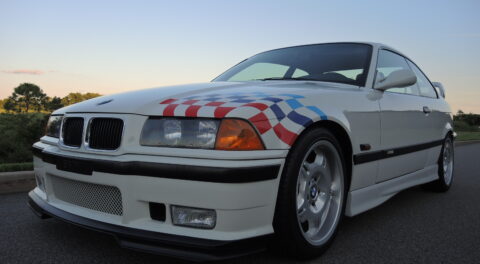Betty’s 1997 BMW 528i turned 22 years old last month, and passed the 200,000-mile mark as well. It’s still her daily driver. In fact, we both drive it to avoid putting miles on our 2016 X5d, since BMW may not offer diesels in the U.S. anymore, and we want to keep the diesel X5 for as long as possible.
The 528i still runs well and has not had any mechanical problems that I couldn’t fix, except for a couple of pesky dash lights. Regular oil changes and prophylactic replacement of certain cooling-system parts helped make our 528i a low-maintenance vehicle, especially considering that 1997 was the E39’s first model year. The bottom line: Betty loves the car and won’t entertain replacing it with a new BMW.
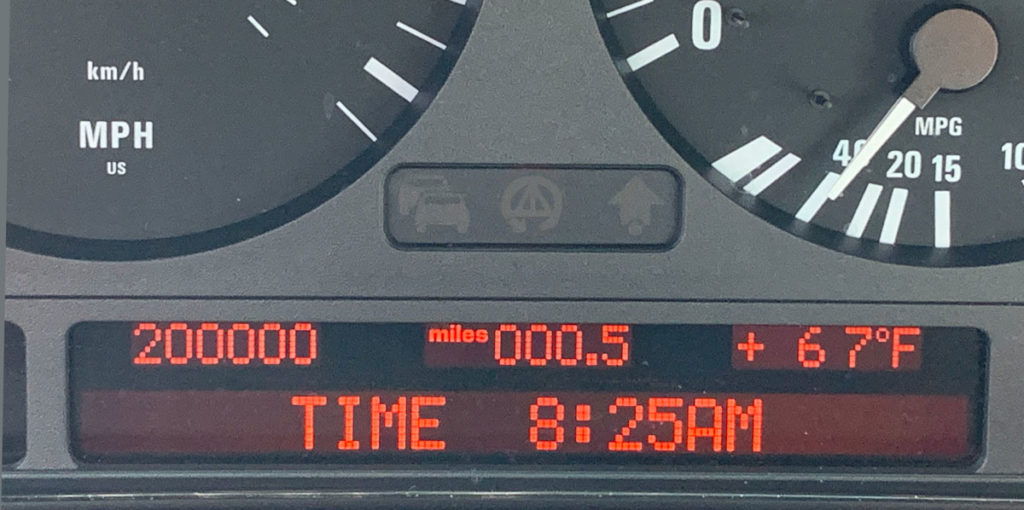
Starting on the next 100k.
However, at some point something may happen to Betty’s beloved Bimmer. It could be a breakdown beyond my ability to repair, an accident, or it might be in the wrong place at the wrong time when an old Soviet satellite falls out of orbit. What do we do then?
The panoply of BMW models is extensive now, but if the car lasts until 2021, it gets even more complicated. When we bought the 528i in 1997, BMW had a simpler lineup that included the 3, 5, 7, and 8 Series, plus the Z3. Back then, 3 Series coupes, sedans, and convertibles came with four or six-cylinder engines, while two-door, four-door, and convertible E36 M3s rounded out the series. You could also select from inline-six or V8 5 Series sedans. E38 7 Series sedans came with inline six, V8, and V12 engines, but there was no M7. Still isn’t, for that matter. You could buy an 8 Series coupe with a V8 or a V12—no Gran Coupés back then—and the Z3 was available in 1997 with four- and six-cylinder mills.
If Betty’s car lasts until 2021, more choices will cloud the decision-making process. We will probably see a 2 Series, 3 Series, 4 Series, 5 Series, 7 Series, 8 Series, X1, X2, X3, X4, X5, X6, X7, Z4, i8, i3, i4, iX3, and iNext. The last four will be pure-electric vehicles (EV), and almost every other series will also have plug-in-electric hybrid versions.
An easy solution might be the Access by BMW program that allows subscribers to swap out BMW models at any time. But there has been little word from BMW since a pilot program started in Nashville, Tennessee, a couple of years ago, and there’s still no indication of whether the program will ever get off the ground nationally.
If the replacement Bimmer were to be my daily driver, I might be tempted to consider one of the nine offerings from BMW M, but this would be Betty’s car, and her preferences lean to ride and comfort. She’s a great driver, and could handle an M car with no problem; it’s just not her thing.
We probably would narrow our options to a size near the middle of BMW’s offerings, like maybe another six-cylinder 5 Series—a solid choice if ever there was one. But in three years, two other BMWs might be in contention, neither of which would come with a six-cylinder engine—or with any combustion cylinders at all, for that matter.
Sometime in 2021, BMW will field two new models that run only on electricity, and they won’t be only for running errands around town. Rumors suggest the i4 sedan and the iNext whatever-it-is as having a range of around 400 miles. If the fast-charging infrastructure is there, a pure-electric car that only has to stop to charge for a half-hour every five or six hours would not be an insurmountable inconvenience on a long-distance road trip.
I am not leaning away from internal-combustion engines. I love traditional power plants and believe that they will continue to be the future of performance driving for many years, although I am not averse to the instant torque that a high-voltage electric motor can bring to the equation. Driving the i8 in pure-electric mode has taught us we could get used to an electric vehicle as a daily driver and road-trip machine.
Like it or not, the future will bring more and more EVs, and any EV I drive needs the DNA that ensures the kind of performance, handling, and comfort that my dinosaur-fueled BMWs always had.
BMW has shown us the Vision iNext concept car. It has the profile of a Sports Activity Vehicle. The styling is extreme, which is normal for a BMW “Vision” vehicle. A production version is more likely to tone down the design features to the point where it might resemble something like a sleeker X5.
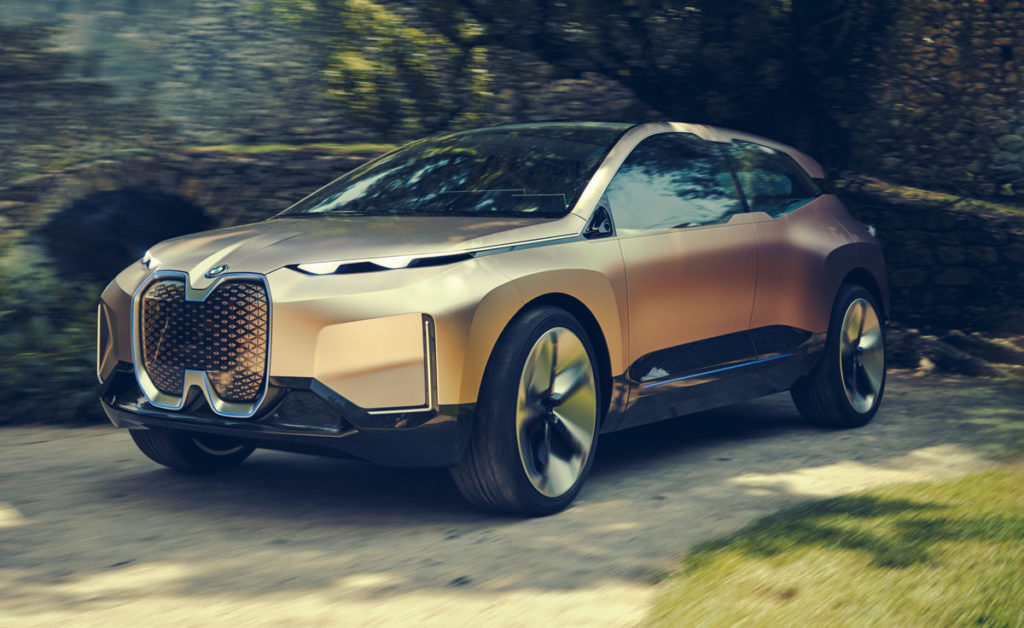
BMW Vision iNext—foreshadowing BMW’s electric semi-autonomous SAV coming in 2021.
Styling and electric motor aside, the iNext will premiere with whatever level of autonomous or semi-autonomous driving with which BMW engineers and attorneys are comfortable in 2021. BMW projects that to be Level 3, where the driver still has to monitor what’s going on and intervene if necessary, but some of the more mundane driving chores will be assumed by the car. The company has hinted that while the iNext may be introduced with Level 3, vehicle updates could eventually allow it to go to Level 4—that is, where the vehicle will be able to drive itself under most, but not all, conditions.
We would only consider an autonomous or semi-autonomous BMW if company executives keep their word and build it so that the driver can have full control over a capable performance car. In other words, it has to act like a traditional BMW when the car is not driving itself.
The BMW i4 sedan expected in 2021 is also pure-electric, and should have a range similar to the iNext. It will probably look more like a 4 Series Gran Coupé. I assume that it will have extensive driver-assistance features, but not the Level 3/almost Level 4 anticipated on the iNext.
A few days ago, BMW released images of its latest concept car, called the BMW Vision M Next. I don’t expect BMW to build a version of this car—but then, it also said in 2009 that the Concept Vision EfficientDynamics was only a design exercise. Then subsequent iterations were eventually greenlighted to become the BMW i8, so you never know.
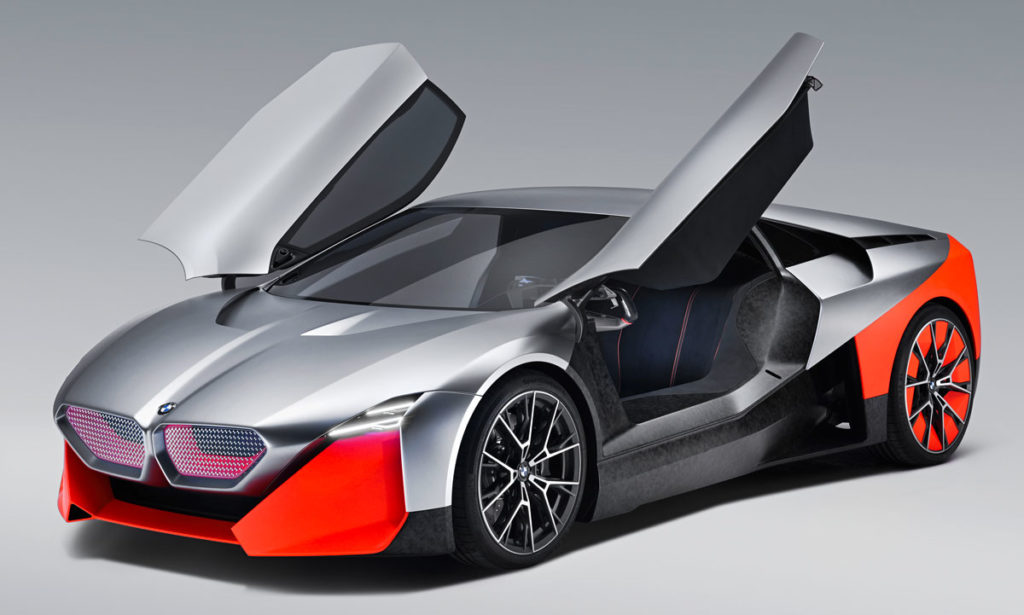
The BMW Vision M Next. Gas, electric, 600 horsepower, cool doors—what’s not to like, except maybe all the orange?
The Vision M Next may be BMW’s way of telling its fans that while future cars like the iNext will emphasize autonomous technology, BMW will also use its new technologies to enhance the car’s performance driving experience for the driver. The Vision M Next takes design cues from the early 1970s BMW Turbo concept car as well as from the BMW i8, including the doors. Unlike the i8, which combines electric and gasoline power plants for a total of about 360 horsepower, the Vision M Next is designed for a total combined output of 600 horsepower, with a resulting zero to 60 mph time of three seconds. A production version with those numbers would definitely approach the supercar category, if it were ever built, with a corresponding price probably close to the value of a nice house.
But as I said, Betty isn’t interested in an M car. So when it’s finally time to retire her workhorse ’97 528i, the replacement could be another 5 Series, or possibly an X5 or X6, but I think if it were 2021 or later, the iNext might have the inside track.
Or the 528i could last forever and relieve us of the responsibility of choosing its successor entirely. That would make Betty very happy.—Scott Blazey
[Photos courtesy of BMW AG and Betty Blazey]

